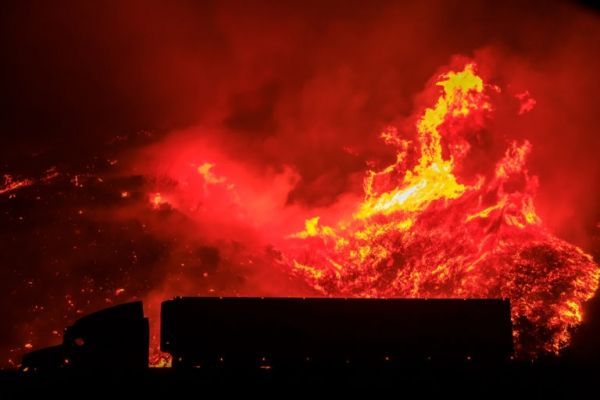Dry months are getting hotter in large parts of the United States, another sign that human-caused climate change is forcing people to encounter new extremes.
In a study published today in Science Advances, researchers at the University of California, Irvine report that temperatures during droughts have been rising faster than in average climates in recent decades, and they point to concurrent changes in atmospheric water vapor as a driver of the surge.
“Available soil moisture can remove surface heat through evaporation, but if the land is dry, there is no opportunity to transport it away, which increases the local temperature,” said lead author Felicia Chiang, a UCI graduate student in civil & environmental engineering. “Atmospheric conditions can influence soil, and we argue that they’re shaping the temperatures we experience during droughts.”
UCI’s research team analyzed observed temperature and precipitation data from the early and late 20thcentury and discovered that regions undergoing droughts warmed more than four times faster than areas in the southern and northeastern United States with average weather conditions. In addition, climate models showed a significant warming shift in Southern states between the late 20th century and early 21st century.
Read more at University of California – Irvine
Image: The concurrence of droughts and heat waves can exacerbate conditions and lead to another hazard, wildfires. In the western U.S., the number of blazes larger than 4 square kilometers has risen by about seven fires per year in the past three decades. In the same period, the total scope of burned areas has grown by more than 350 square kilometers per year. This upward trend will most likely continue, due to global warming and population growth. CREDIT: Amir AghaKouchak / UCI


